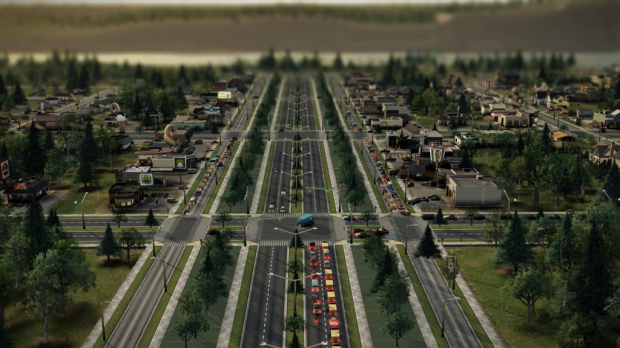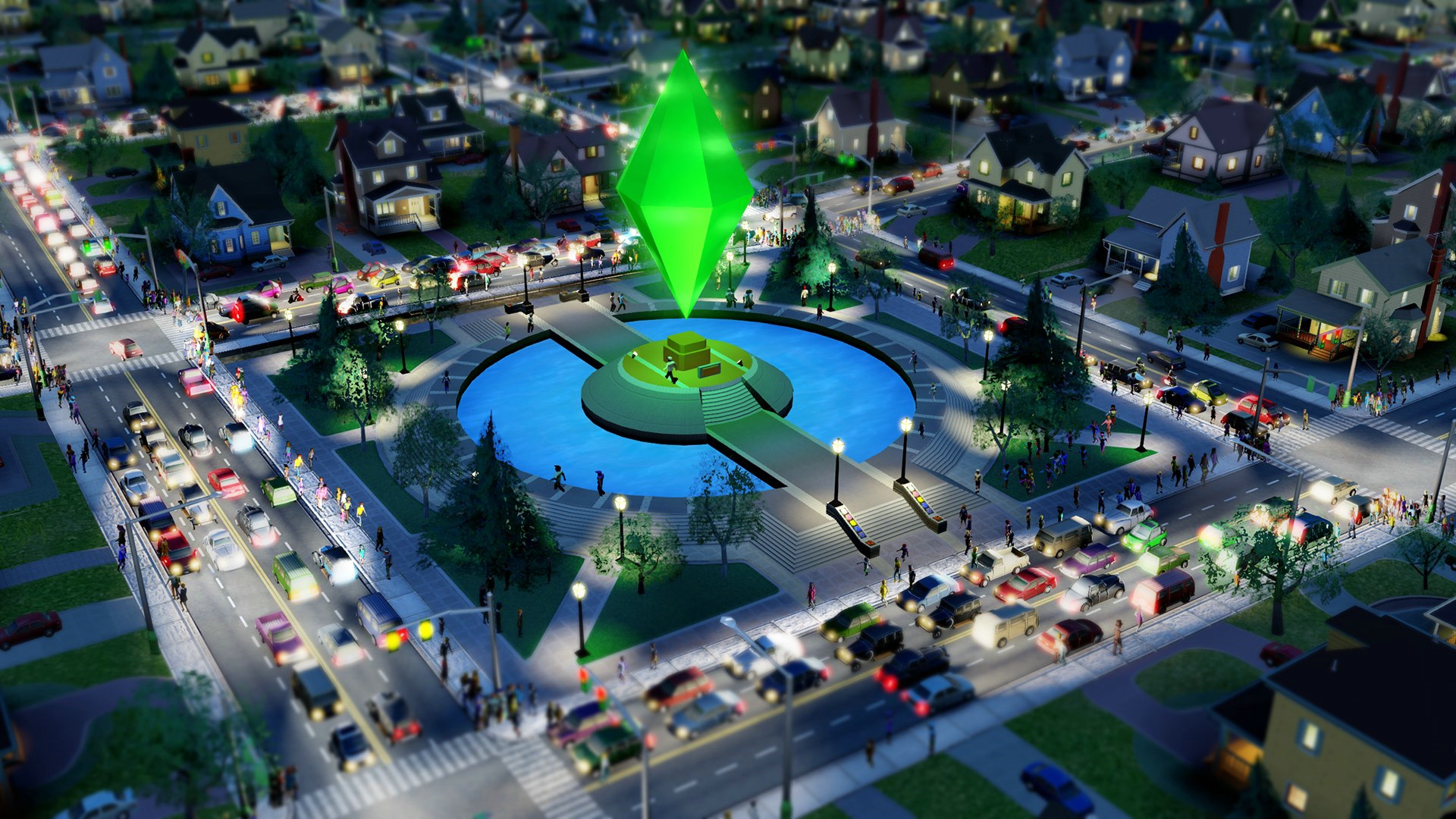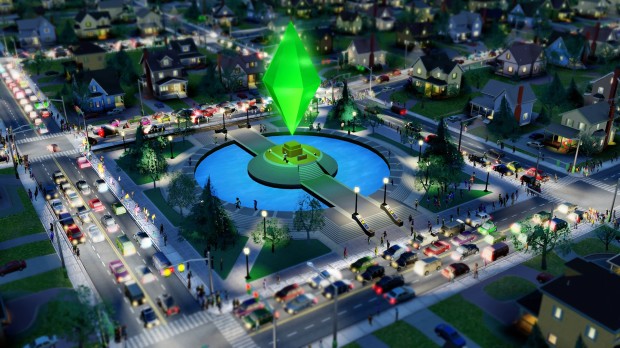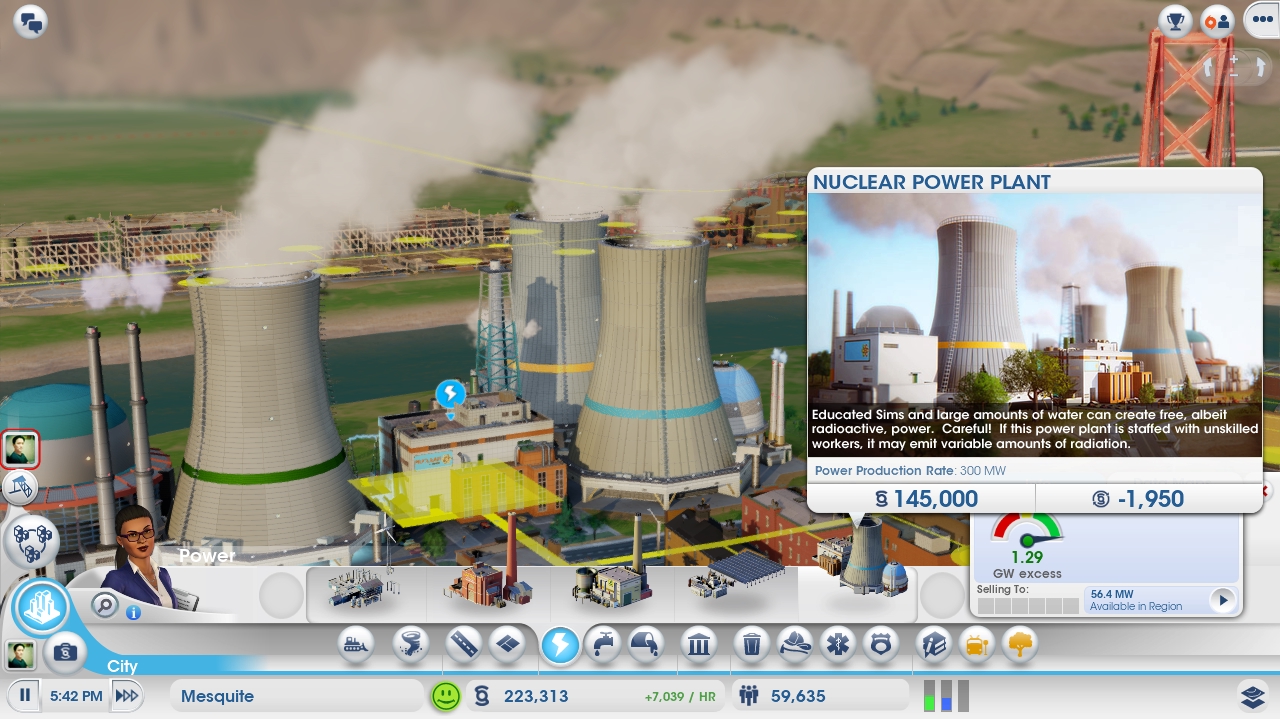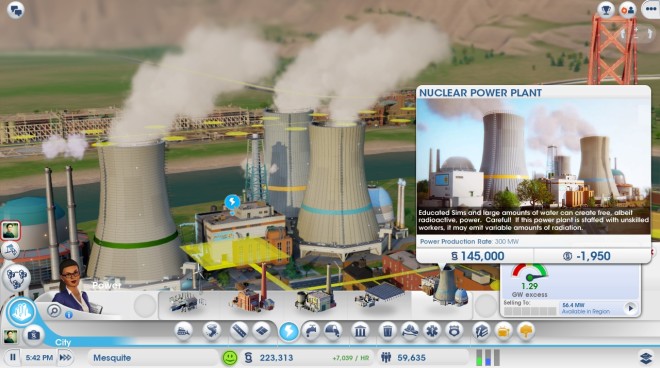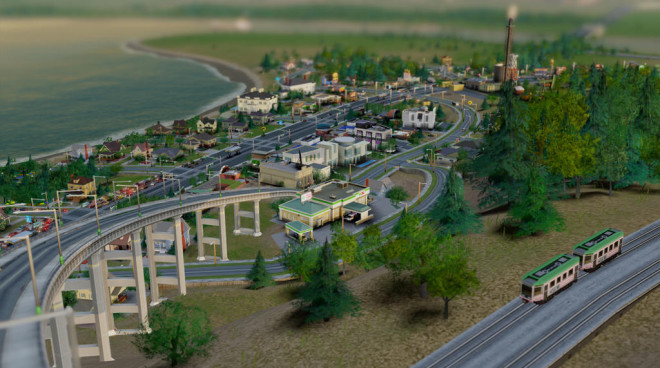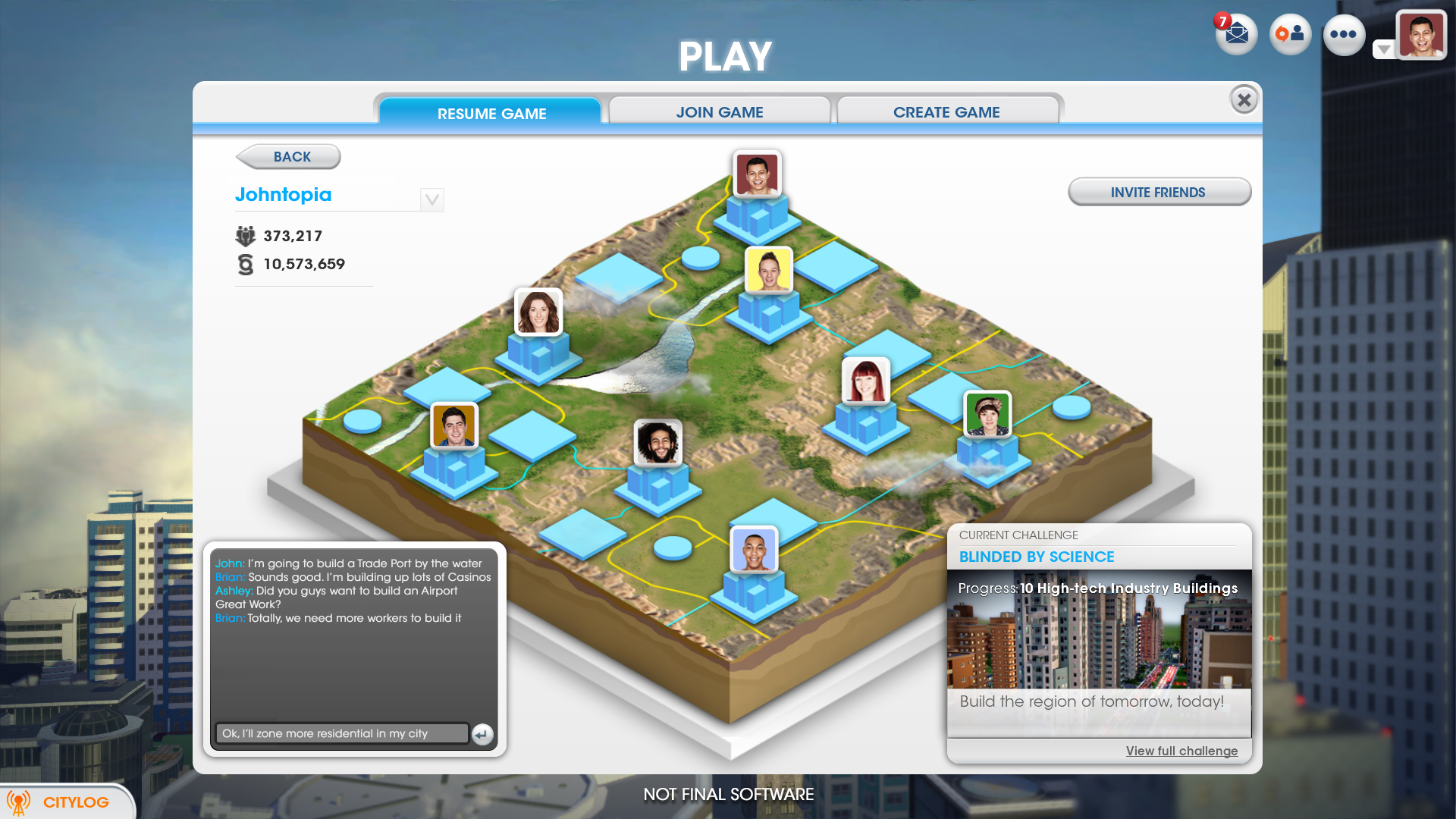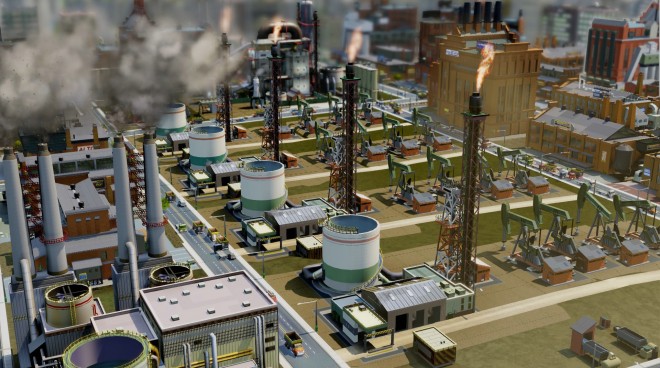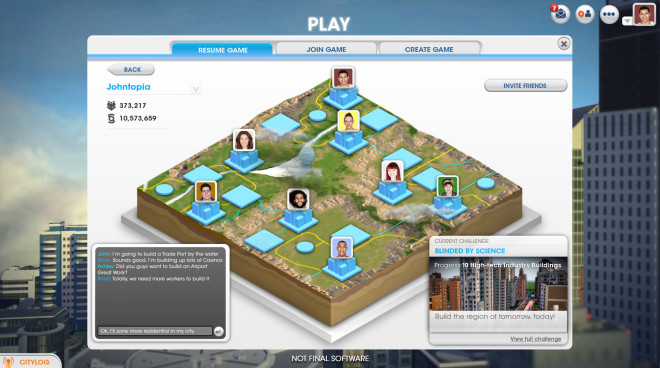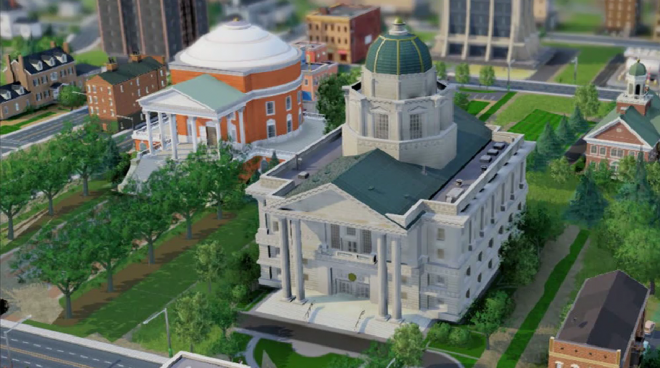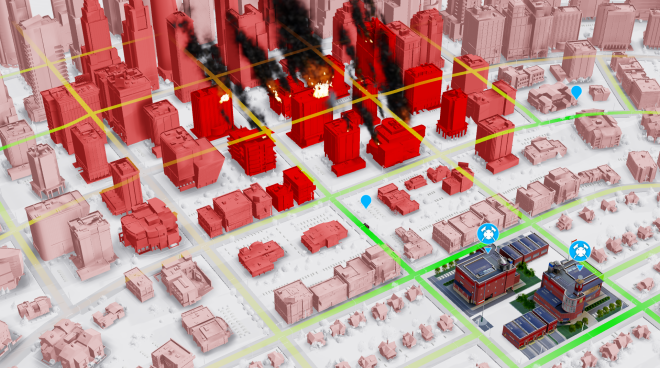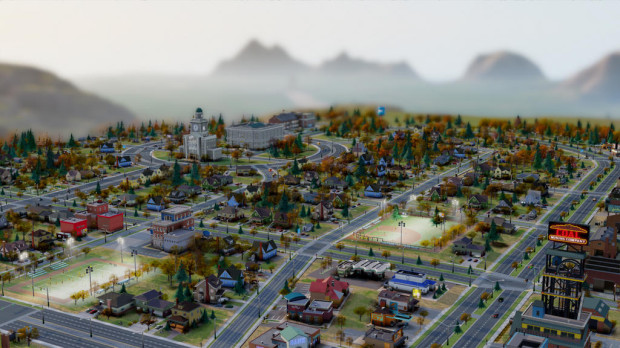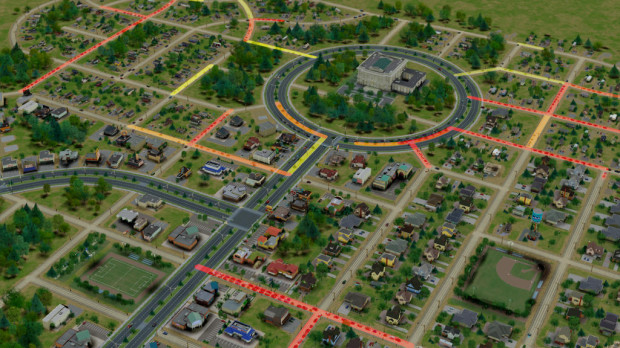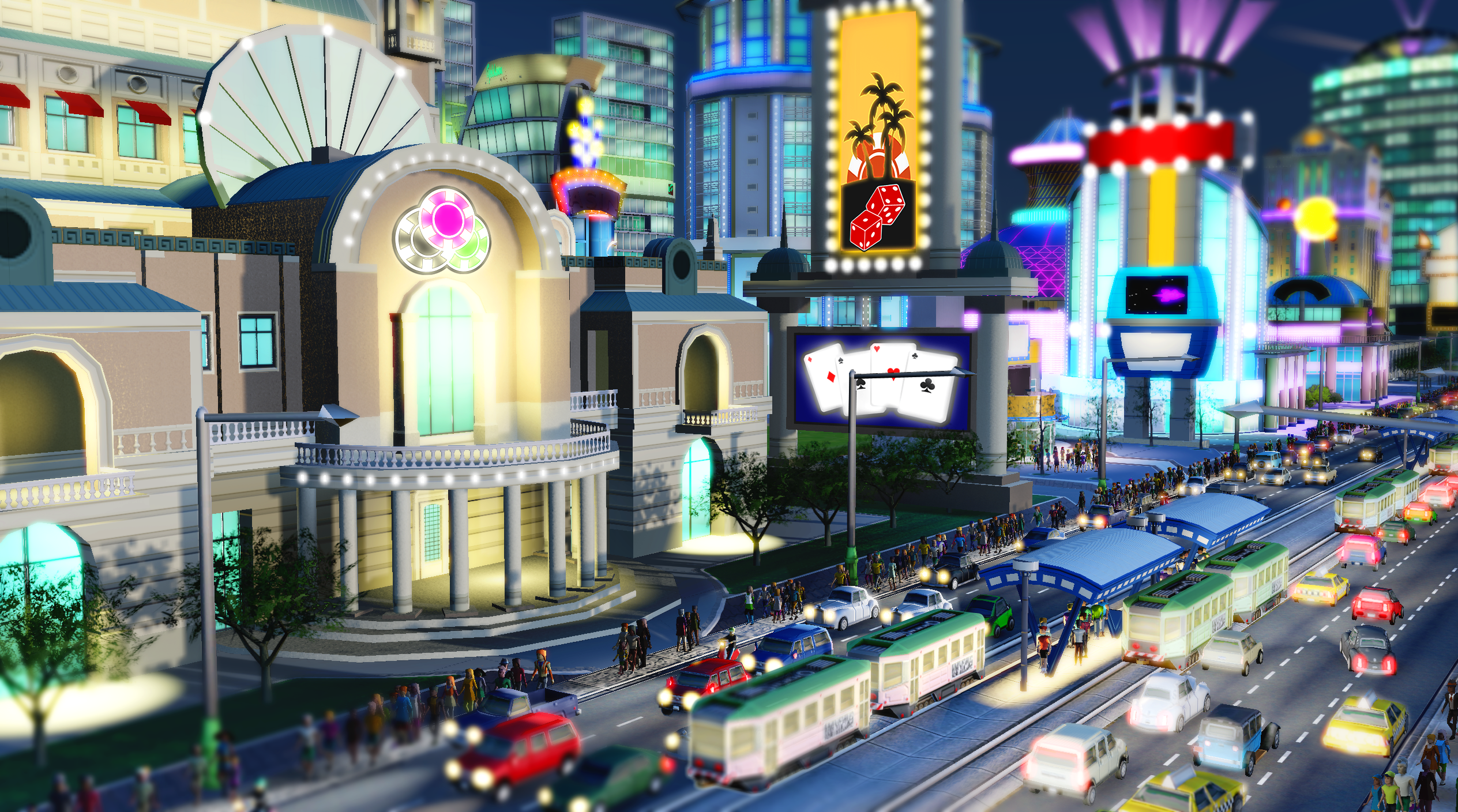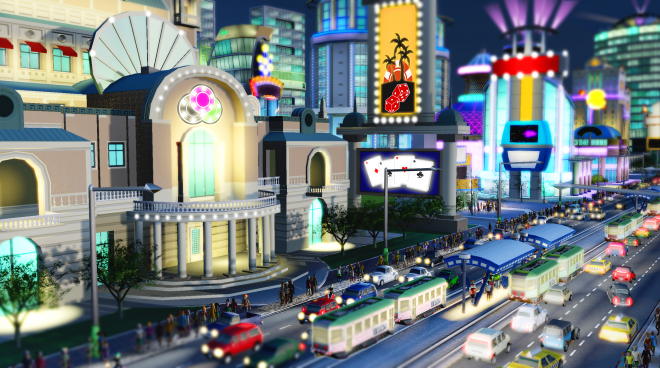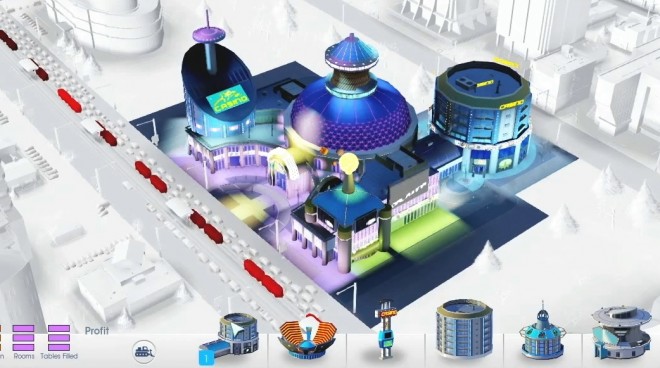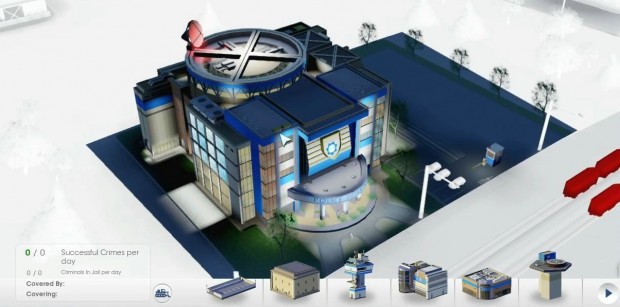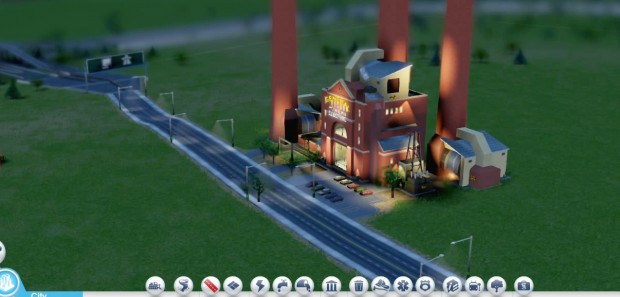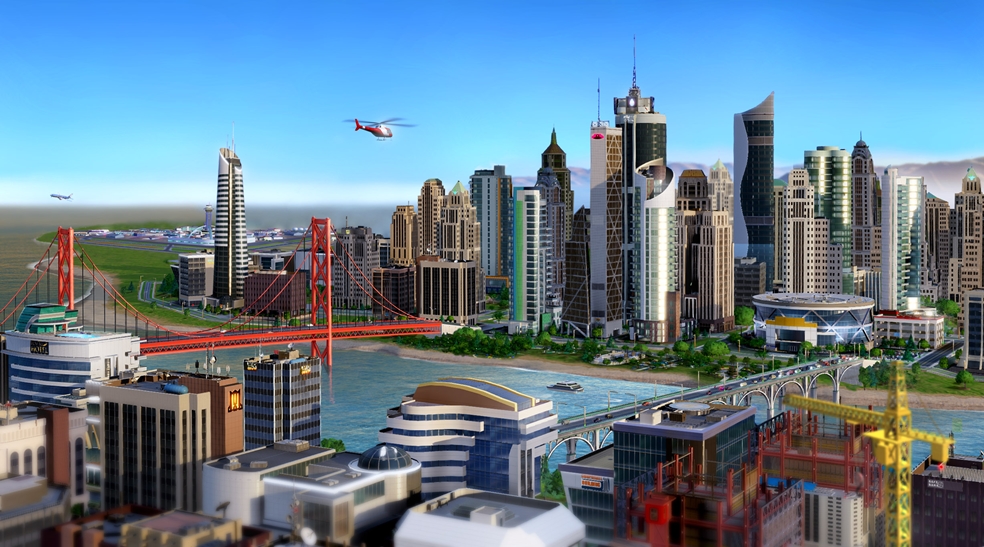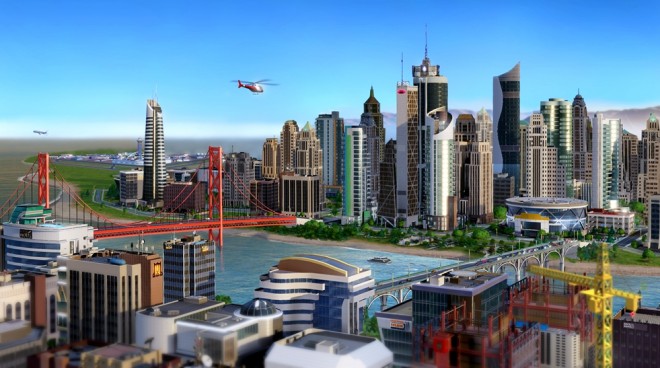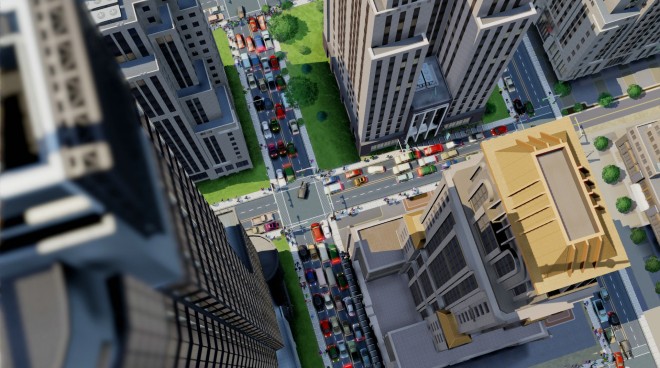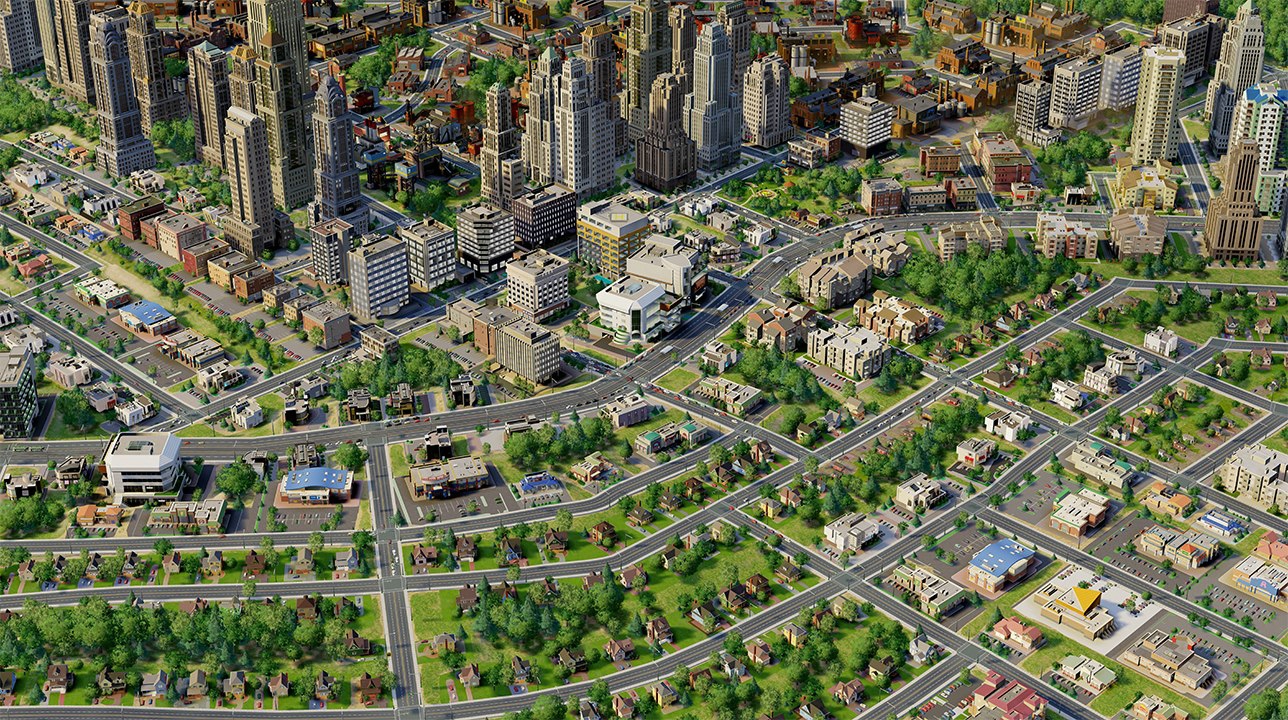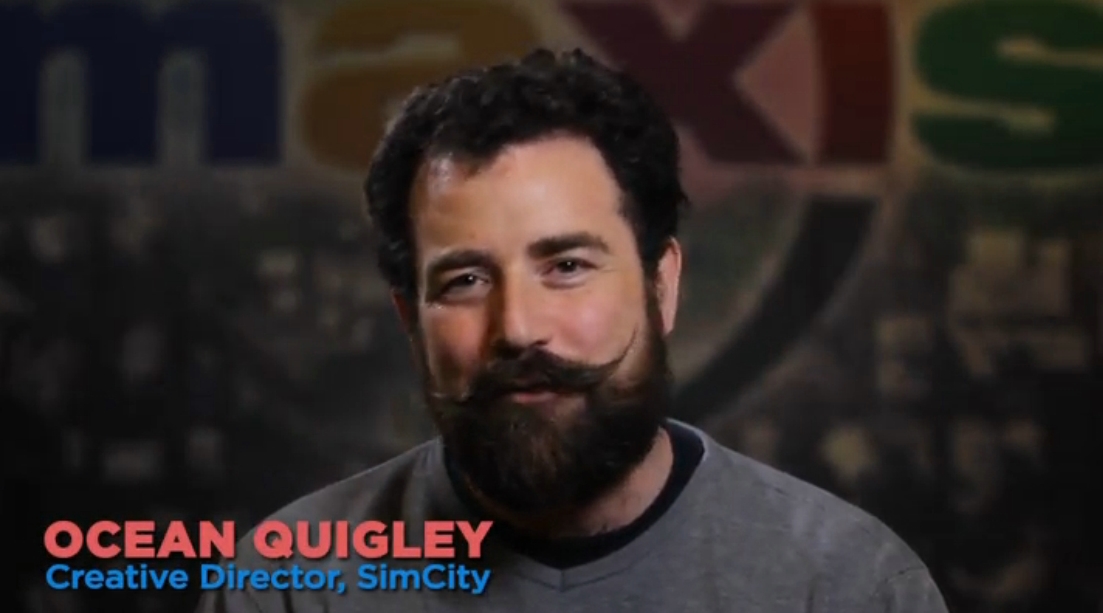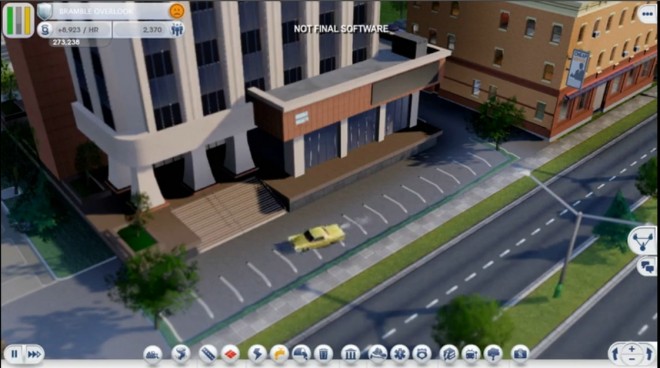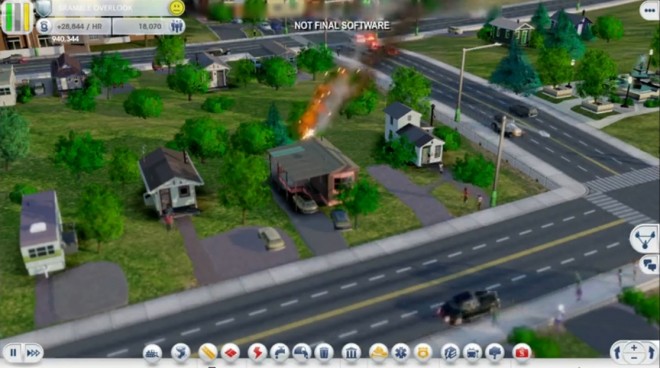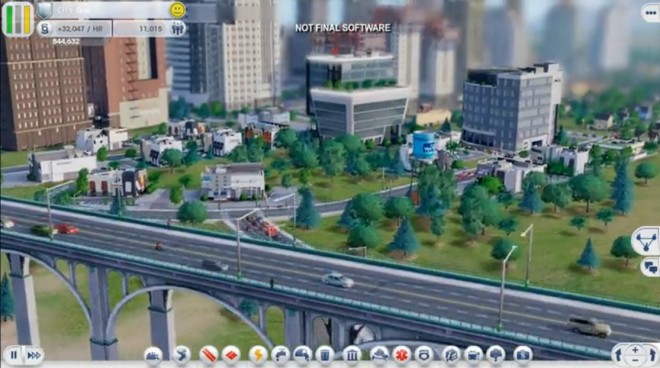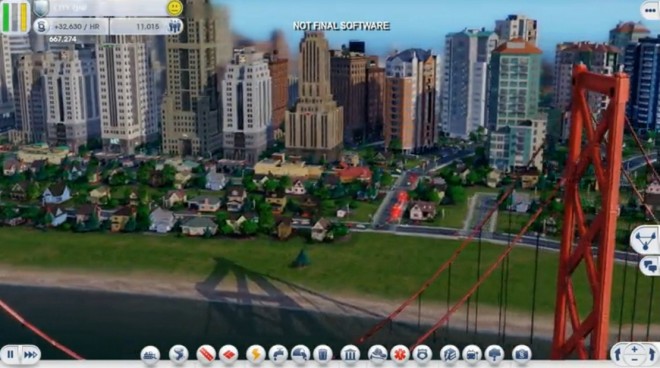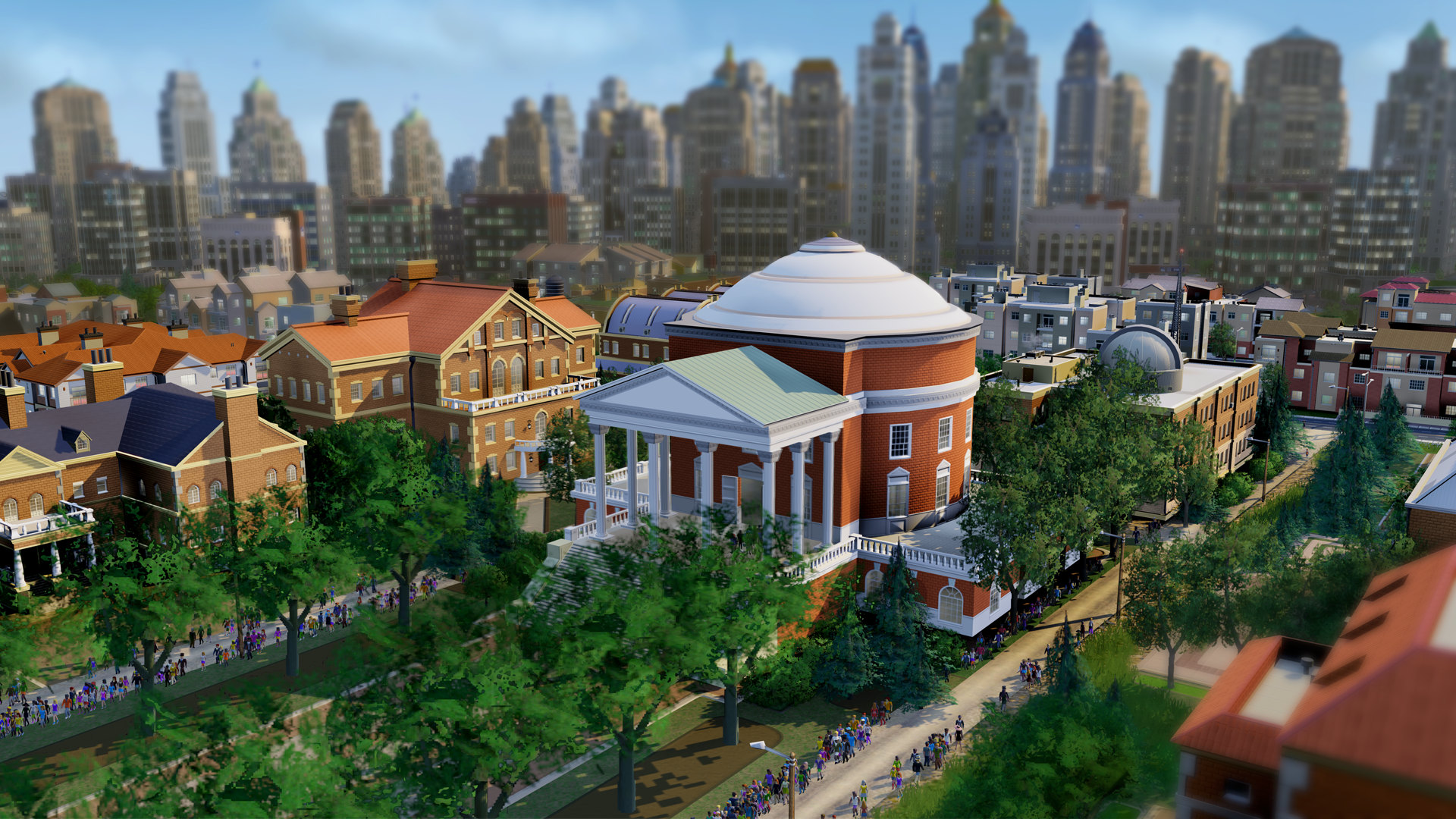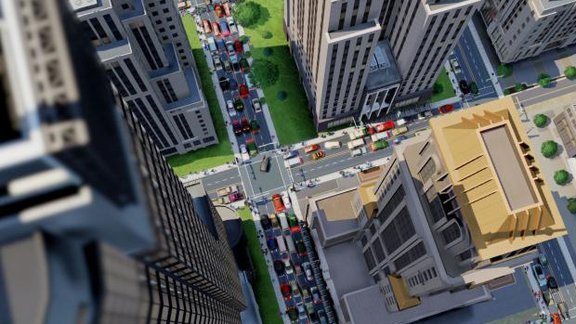Aside from the Simcity blog, you can gather a wealth of information from the developer postings in the Simcity forums. Today we dive through Guillaume Pierre posts at Simcity.com to find out even more information about the game. Though the game is in development, some portions may be subject to change.
Sims and the City
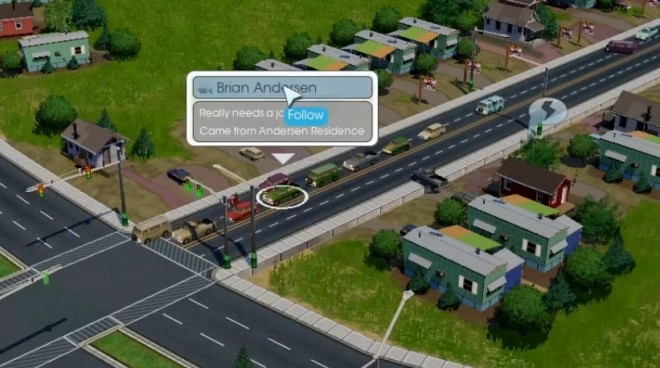
You’ll need to select a place to build your city when you first start. The areas that you can select have a predefined boundary that can not be expanded upon. In some cases, rivers and mountains may limit the available space you have to build a city. Once you start a city, you’ll need to connect your city to the outside world. Once that’s done, lay down some roads, place some residential zones and wait until everyone arrives. Sims can even move in without basic utilities. Of course soon enough, they’ll start complaining about the lack of power and water and if you’re a good mayor, you’ll surely provide them of their basic needs.
Utilities don’t just run on their own, as Guillaume explains, they need to be staffed in order to be operational. Which leads us to jobs, Sims will go to the closest job available. If for some reason they can’t make it to work due to traffic and whatnot, they’ll keep trying (subject to change.)
As for each Sim’s family, Guillaume pointed out that each household comes with a set of working adults, shopping adults, and children. If the children don’t make it to school, they may resort to crime. We also learned of the existence of homeless Sims, these Sims live in parks, abandoned buildings, and store doorways.
Public Transportation (Region)
We received some insight regarding how public transportation works among cities. If there’s no public transportation in your city, your Sims will drive. However, you can create a situation where one city has a bus terminal while the other city has bus stops. These bus stops need to be adequately placed in appropriate areas around the city, as Guillaume mentions, Sims will only walk up to 400 meters (1/4 of a mile) to use public transportation.
Services and Resources
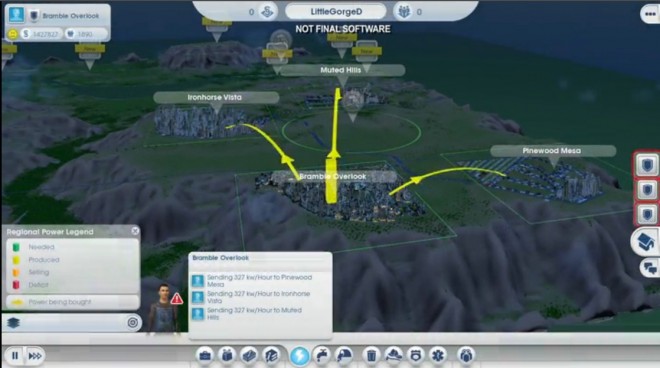
Not only can you share, power, water, and garbage services with other cities, but also emergency, education, and even transit systems.
Instead of using a slider to expand the capacity of public services, it is now as simple as placing extra modules around the building. Want to expand your school to accommodate more children? Just place extra classrooms!
Guillaume also mentioned how education can affect other cities as well. A university can influence the growth and development of hi-tech industries in cities nearby. He also mentioned how community colleges can influence the development of manufacturing plants.
The City Skyline
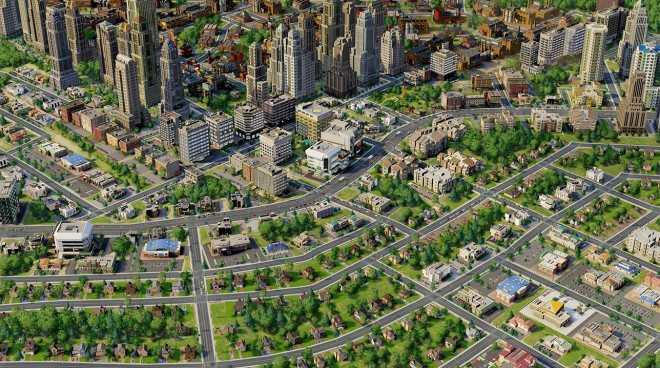
One thing the developers sought to fix was the city skyline. In previous Simcity games, a skyscraper could be randomly placed next to one story buildings, creating a visually erratic skyline. They plan to solve this problem by having buildings of different densities up to 2x the height of another. In essence, the skyline will build up in appropriate areas for realism.
Missing Features
Some features won’t be available for release. So far, subways are confirmed not to appear. Though, rainstorms and heatwave weather types shall be included, snow is currently not planned for release.


